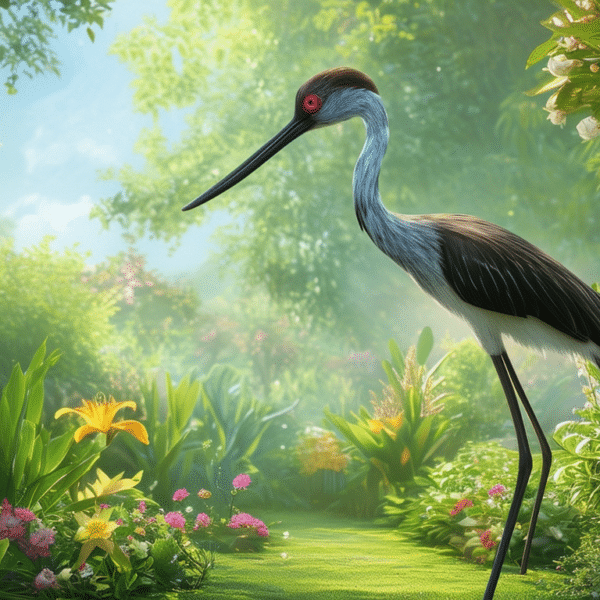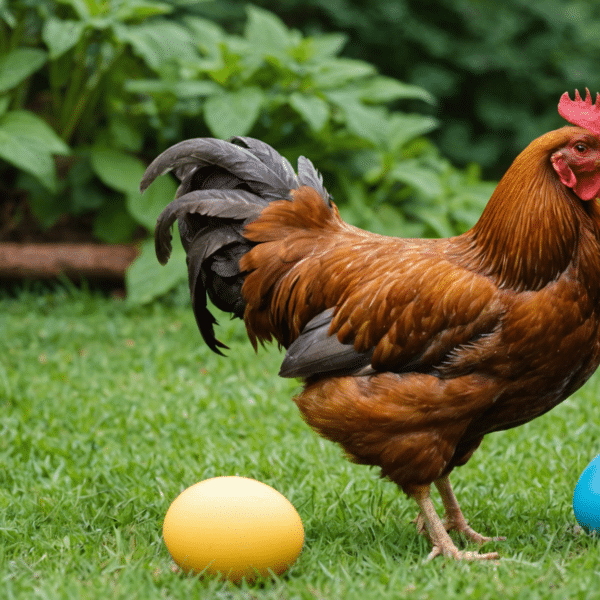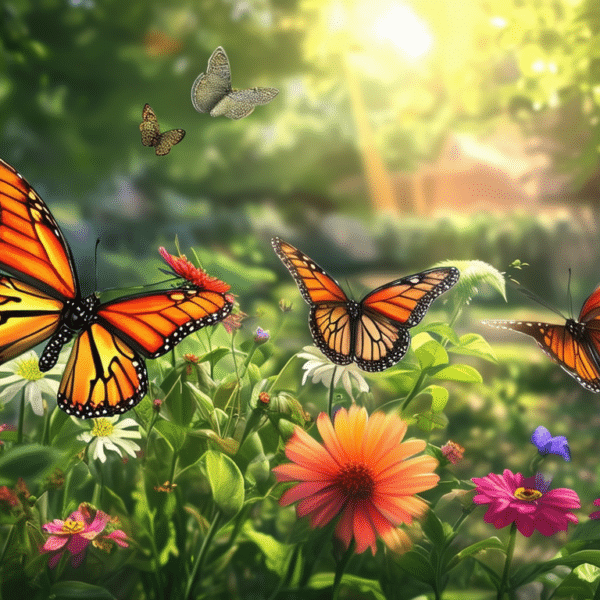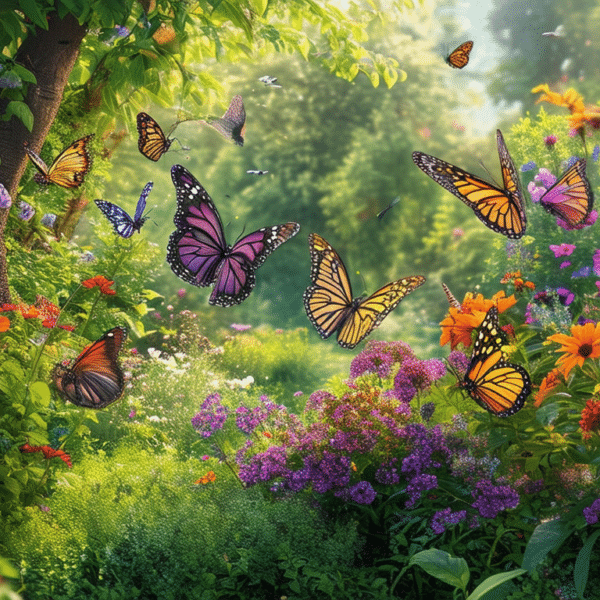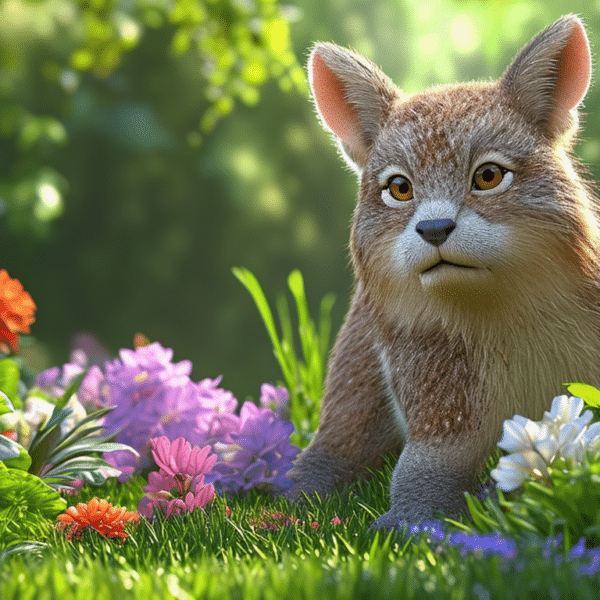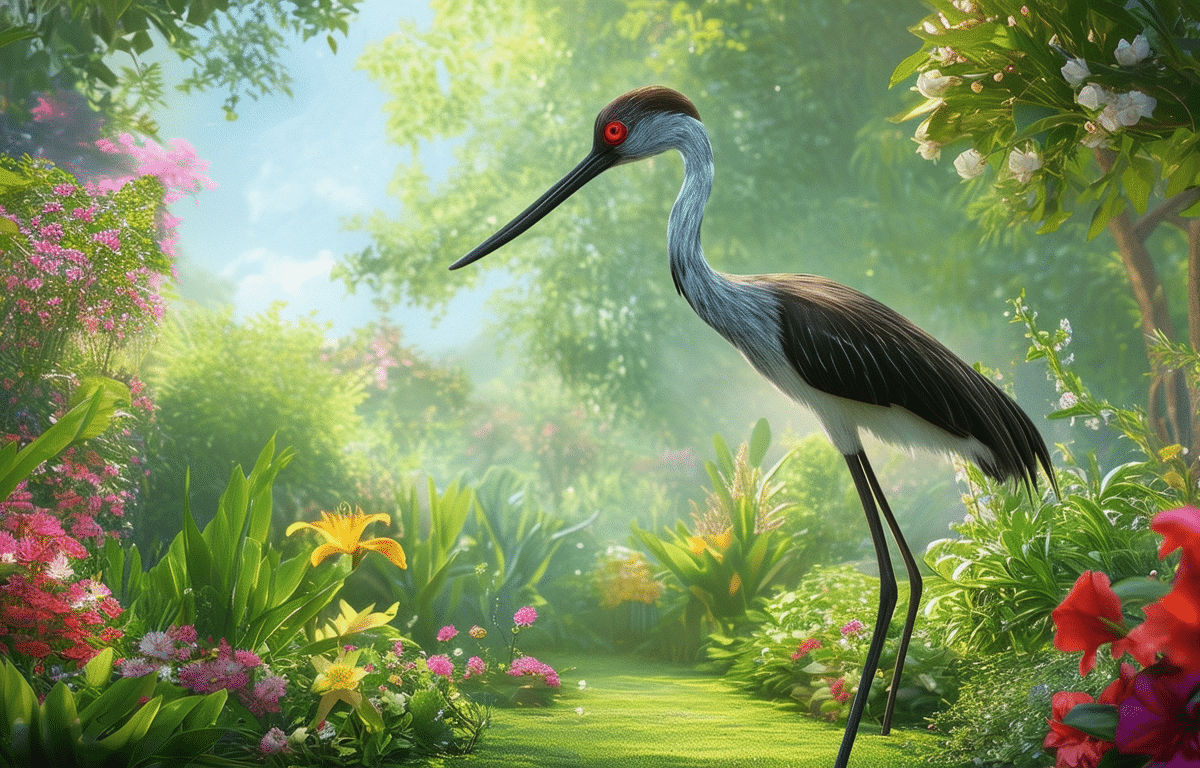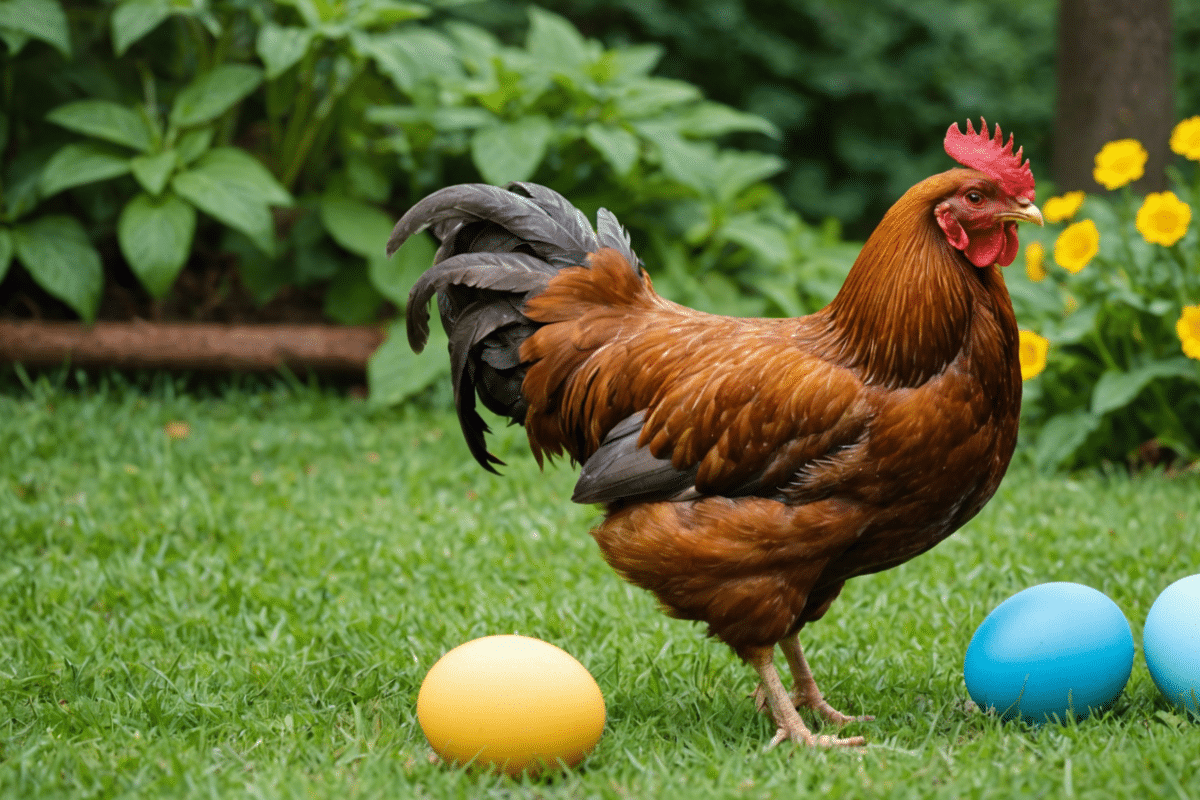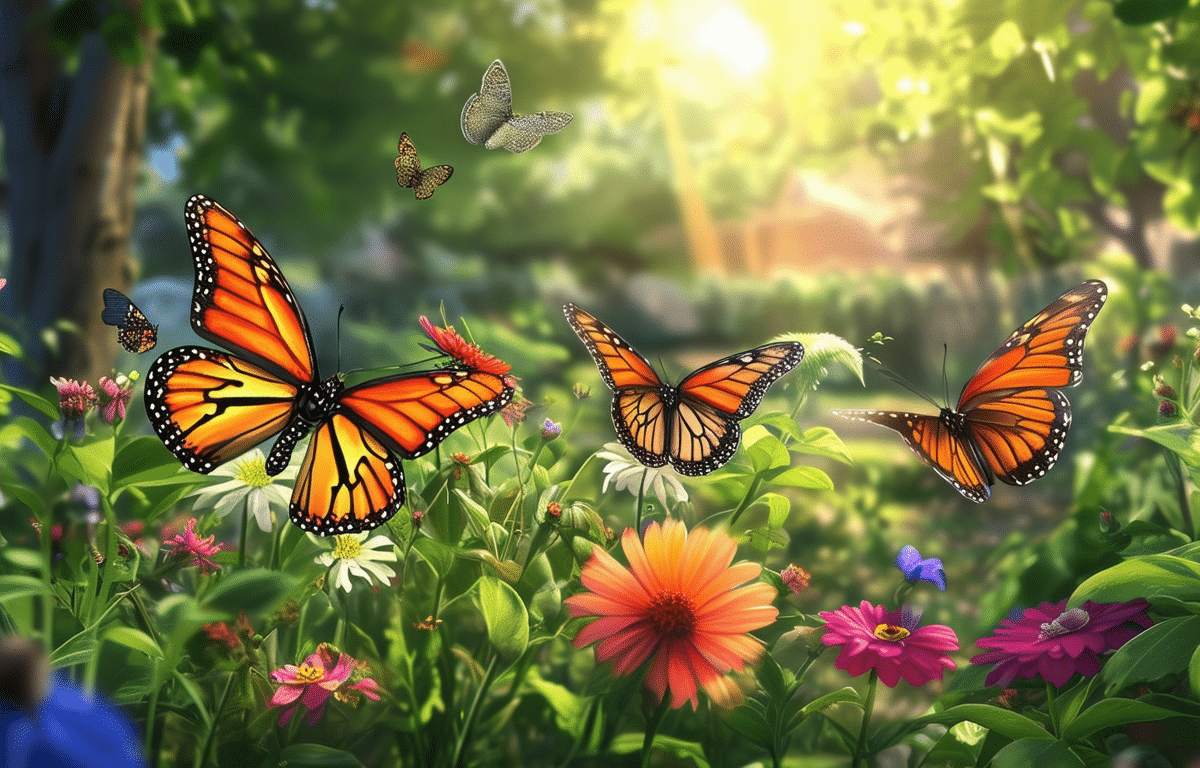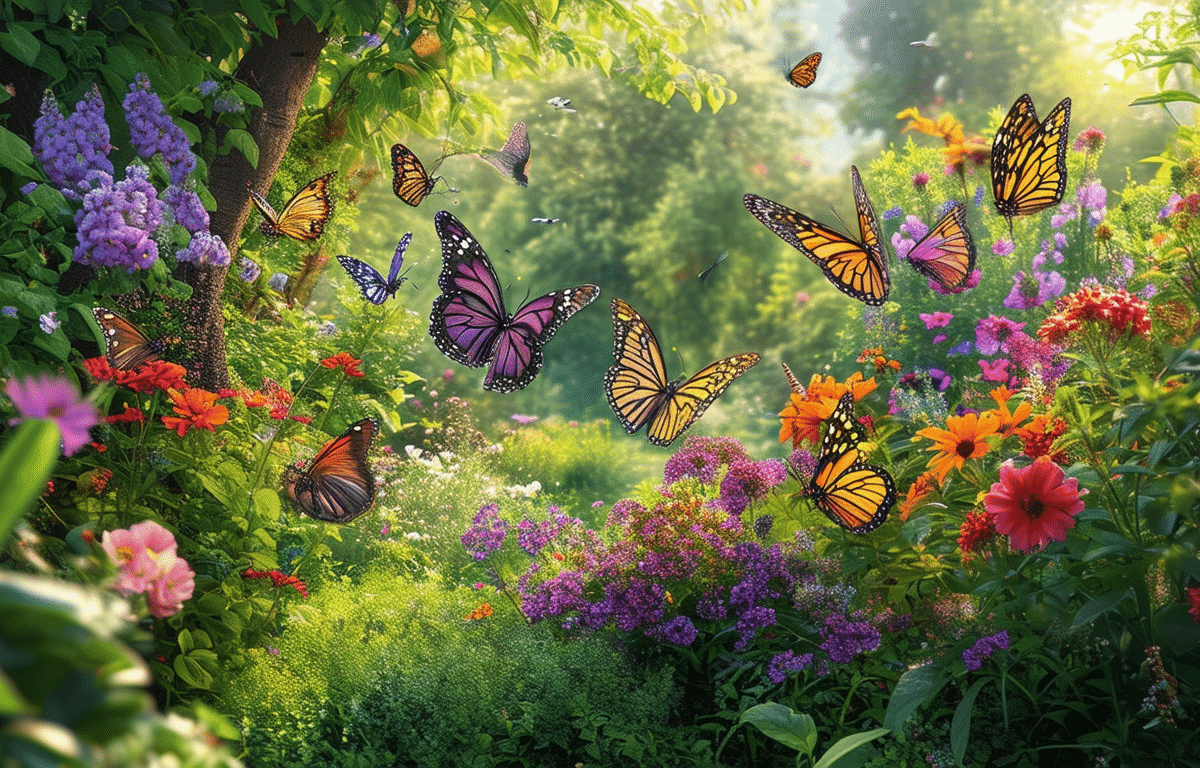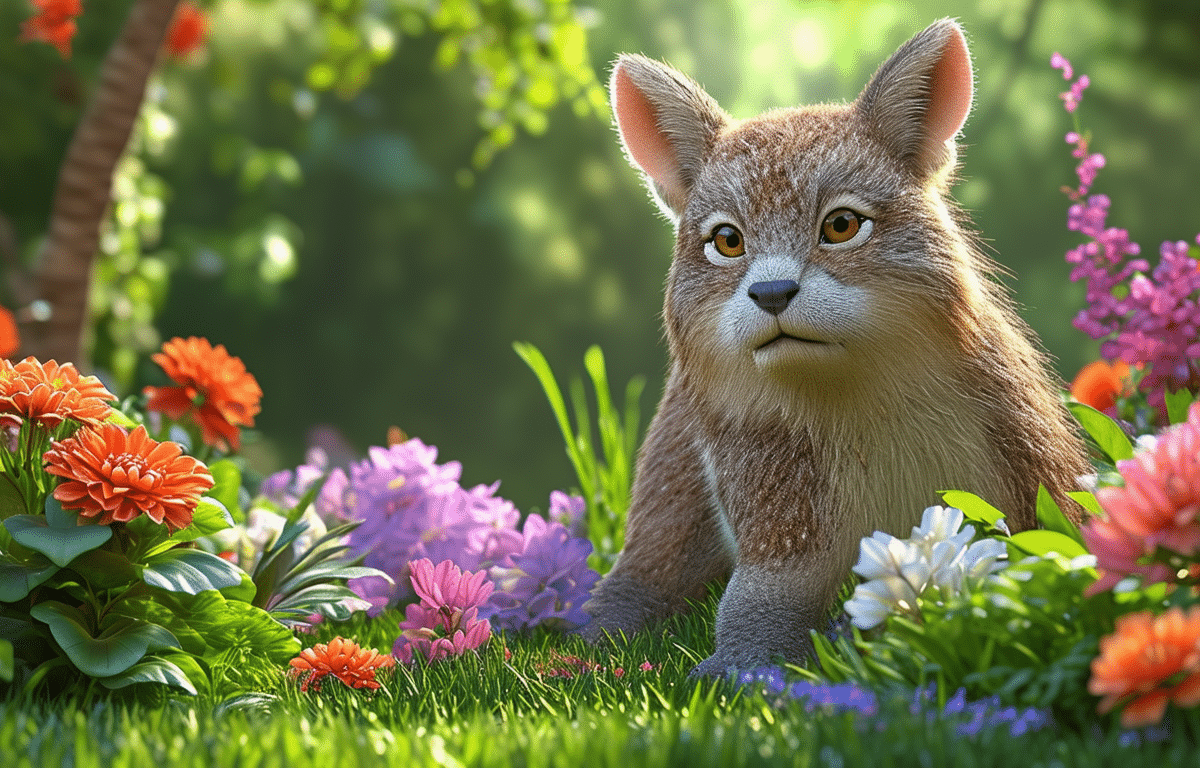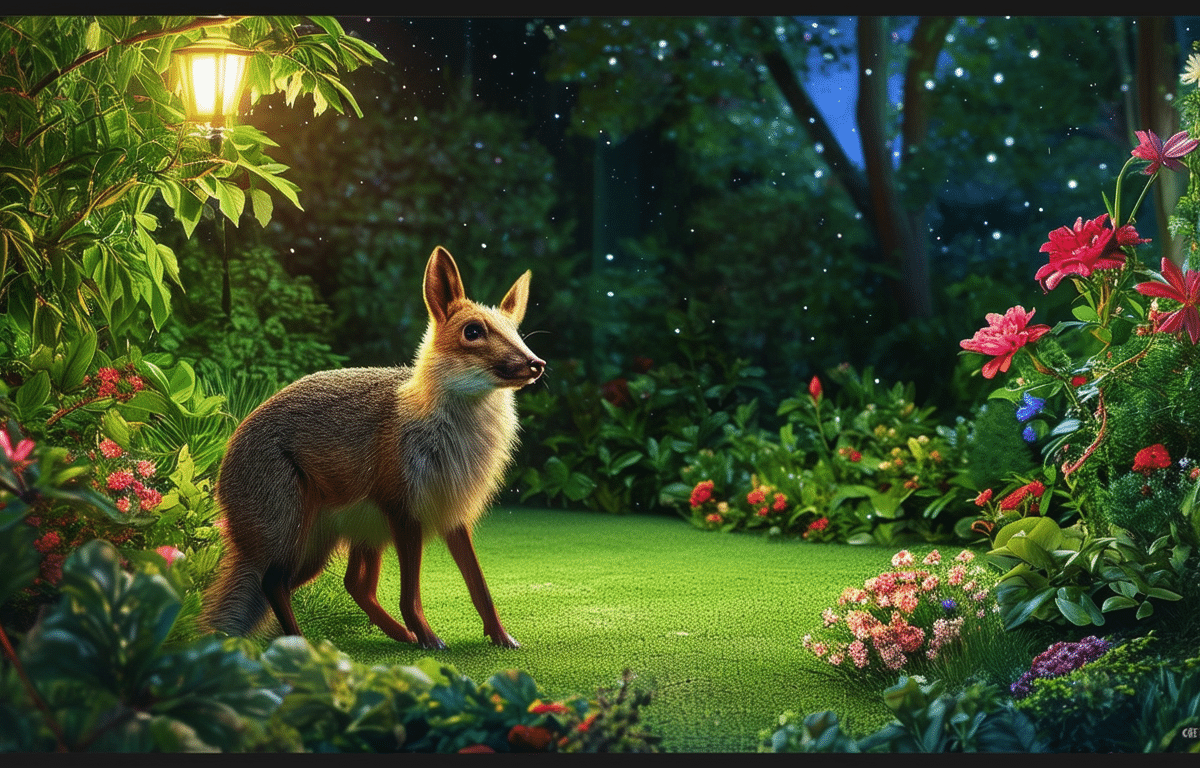Content
Enchanting creatures with wings akin to stained glass, butterflies have captivated the hearts of many. These fluttering jewels are more than just beautiful—they are vital parts of our ecosystem and hold secrets that have bewildered scientists and enthusiasts alike. Journey with us as we uncover the lesser-known intricacies of these delicate insects.
Revealing the Life Cycle

The transformation from a crawling caterpillar to a graceful butterfly is one of the most fascinating natural spectacles. This process, called metamorphosis, comprises four stages: egg, larva (caterpillar), pupa (chrysalis), and adult. Each stage holds its own set of wonders, with transformations often described as nature’s magic. From the geometric patterns adorning eggs to the voracious appetite of caterpillars, each phase is crucial for survival.
The Wonders of Migration
A prominent highlight in the butterfly world is the migration of the Monarch butterfly. This phenomenal journey spans up to 3,000 miles, crossing vast landscapes and even continents. Researchers have cracked some genetic codes responsible for this migratory behavior, revealing insights into their endurance and navigation skills. It’s a testament to the incredible adaptability and resilience of these insects.
Butterfly Diet and Pollination
Butterflies are not just aerial beauties; they are also pollinators, playing a pivotal role in our global ecosystems. With a diet that primarily consists of nectar, they flit from flower to flower, inadvertently transferring pollen. Unlike bees, which are also known for their pollination skills, butterflies have a different approach to feeding and thus pollinate a diverse array of plants.
- Adult butterflies taste with their feet.
- Some species can drink from muddy puddles in a practice known as “puddling.”
- Butterflies have a long, straw-like structure called a proboscis for drinking nectar.
Colorful Camouflage and Survival Tactics
When we think of butterflies, we imagine their vibrant hues—yet these colors are more than just an aesthetic feature. They serve as camouflage, communication tools, and even as a deterrent to predators. The Owl butterfly, for instance, has eye-like patterns on its wings to mimic the face of an owl, thereby warding off potential threats. This defensive mechanism exemplifies the cunning survival strategies in the butterfly arsenal.
Communication and Mating Rituals
The dance of courtship in the butterfly realm is an intricate display of nature’s rituals. Butterflies use a combination of visual cues and chemical signals to attract mates. Subtle wing movements and pheromones released into the air create a complex language, culminating in continuation of the species. Interesting fact: some butterflies have specialized scent scales on their wings to facilitate this communication.
Conservation Efforts and Environmental Impact
The delicate nature of butterflies makes them vulnerable to environmental changes, emphasizing the need for conservation. Habitat loss, pesticides, and climate change pose significant threats to their populations. Efforts to protect butterfly habitats are not merely for aesthetic appreciation but also for the preservation of biodiversity and ecological balance. Each species plays an intricate role in the tapestry of life, including the network of creatures with beneficial relationships to their environments such as the pollination-dependant flora.
Butterflies in Human Culture
From symbolizing transformation and renewal in various cultures to inspiring art and literature, butterflies have an undeniable presence in the realm of human expression. Certain species are even integral to national identity, such as the North American Monarch butterfly, signifying change and endurance. And in some cases, they even hold significance in annual events, similar to their role in traditional celebrations like the Day of the Dead in Mexico. The unique imprint of butterflies on our cultural landscapes further underscores their enchanting allure.
FAQs:
Q: Can butterflies see their own wings?
A: Butterflies have compound eyes that provide a wide field of vision. While it’s not clear exactly how much of their own wings they can see, it’s possible they are able to perceive some of the color and pattern.
Q: How long does a butterfly live?
A: Butterfly lifespans vary by species—some may live only a week, while others, like Monarchs during migration, can live up to nine months.
Embarking on a voyage through the world of butterflies, we find our horizons infinitely expanded. From the majestic voyage of the Monarch to the artistry of wings that charm predators, butterflies are not mere visitors to our gardens but instrumental players in the health of our planet. We are reminded of the profound intricacies nested within the delicate folds of their wings—a symbol of nature’s boundless ingenuity.


